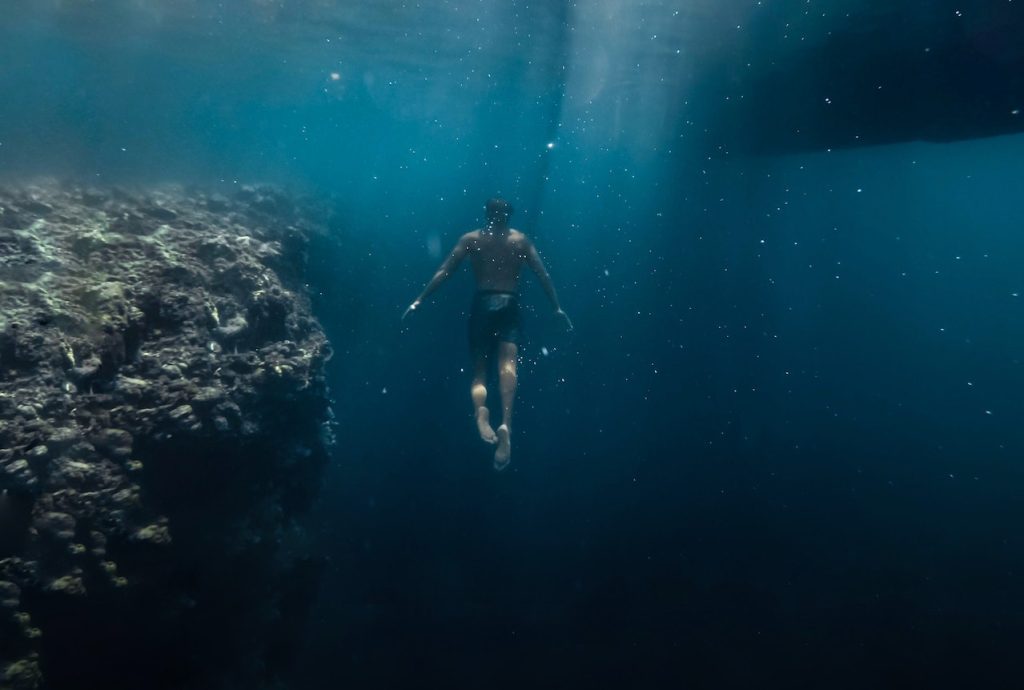There is a world of beauty and strangeness to be found beneath the water’s surface, and we humans have been fascinated with it throughout our history. We first learned to swim, then to dive, but back then the priority was finding food, not enjoying the sights. The Japanese Ama women divers were adept at hunting for resources in the underwater world, they were early adopters of glass goggles that could provide the human eye with clear vision beneath the surface and were pioneers of the modern sport of freediving. This brings us to modern times when underwater sports enjoy an enormous global popularity, freediving, snorkelling, and scuba diving allow us to explore the mysterious sea bottom in the name of fun instead of just sustenance. In addition to the joy of simply diving, one of our favourite modern arts has been adapted to enter the undersea realm, photography. Now we can view the wonders of the subaquatic right before our eyes and capture those images to share with surface dwellers!
The tropics are quite naturally a favourite haunt of divers, including the subset of underwater photographers. The warm, crystal clear waters and vibrantly coloured marine species make for a fantastic diving experience, as well as providing plenty of excellent opportunities for photography. If you are an amateur or professional underwater photographer then check into one of the lovely luxury villas in the Maldives where you can enjoy all the creature comforts they have to offer, then simply walk into the water outside your door and dive into the beautiful sea!
Underwater photography has come a long way since the days when regular cameras were sealed in makeshift glass and plastic housings to keep them dry. Once prohibitively expensive, now anyone can purchase a readily affordable purpose-designed underwater camera and start shooting! Of course, there are high-end models available for professionals, but you can take some nice basic shots without a big investment to get you started. Once you’ve got the hang of things, you can start to learn more complex shots. For help with this you can head to a site like www.uwphotoring.com where you’ll find experts more than happy to share their knowledge!
When I was a young lad ages ago I saved up and bought myself a Nikonos Marine V, still considered to be among the best basic underwater cameras ever produced. It was great fun, but I soon realized I needed another piece of equipment to bring my art up to the level I desired- a flash. It gets darker the deeper we dive and the first casualty is the colour red which quickly fades to grey at depth. An underwater flash allows you to capture all the brilliant hues of the Maldives reefs without losing any of their vibrancy.
Another trick when taking underwater photographs, especially on old manual focus cameras, is distance. The diving mask acts as a magnifying glass so objects in the viewfinder are farther away than they look! I bitterly recall throwing away print after print (this was long before digital, youngsters!) of blurry fish until I finally mastered the trick. Now with automatic focusing it’s easier, but you still need to keep it in mind.


